I finally got around to watching Andrei Tarkovsky’s 1972 Solaris. I enjoy “deliberate” movies — Barry Lyndon is one of my favorites — so I was not bothered by the slow pace, but most viewers will be. The only part of the movie I’d ever specifically heard of — a digressive scene of Tokyo traffic which length Tarkovsky may have intended solely to justify the Motherland’s expenses in sending his crew to Japan — was a little awkward but the rest of the movie was sublime. Lem’s complaints about the adaptation are unwarranted; the director simply had a different vision in a different medium. Imagine Clarke griping about Kubrick’s film (although Lem’s novel is superior to Clarke’s 2001).
Tarkovsky, faithful to the source material, goes out of his way to show that the ocean does not behave physically like its terrestrial equivalent, filming what look like much smaller bodies of water with chaotic currents, sometimes with an oily contamination.
Kelvin, the main character, does develop an emotional attachment towards his “guest” in a way that the other two on the station clearly don’t; as in the book, it’s heavily implied that Snow/Snaut at least has tried to kill his guest and then watched as the being regenerates back to life, eventually “murdering” the visitor on a regular basis just to get a few hours away from it.
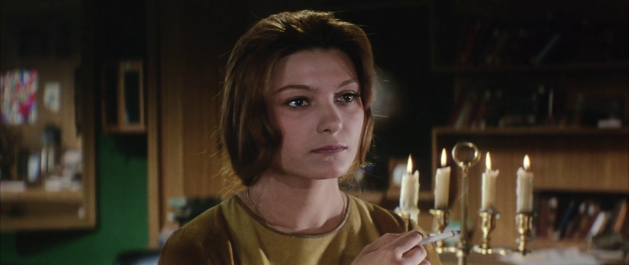
Then again, Rheya/Harey (as played by Natalya Bondarchuk) isn’t exactly anything to be ashamed of. Like Lem, Tarkovsky doesn’t seem interested in “criticizing” the fact that dredging the minds of the other men produces something very unpleasant. I was also struck, as I wasn’t on reading the book, at how Kelvin’s visitor-wife eventually makes the same choice to end her own life as did the “original”.
One aspect that surprised me was the heavily-distressed, lived-in environment of the setting. I have heard before that Star Wars pioneered this look, but whoever told me that was clearly full of shit. Star Wars is in fact noticeably more sterile than Solaris. Tarkovsky’s vision of a curving space habitat might have been influenced by Kubrick, but the worn, tumbledown, verging-into-derelict look of the station is an innovation.
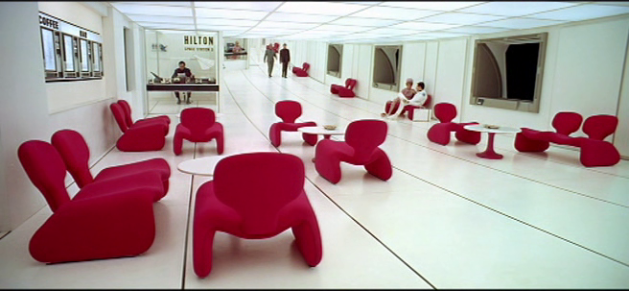
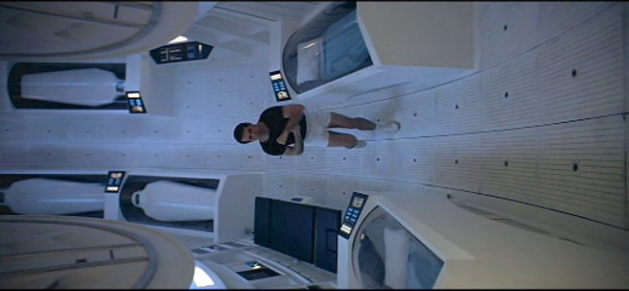
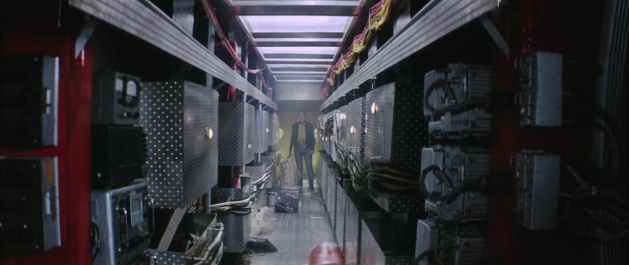
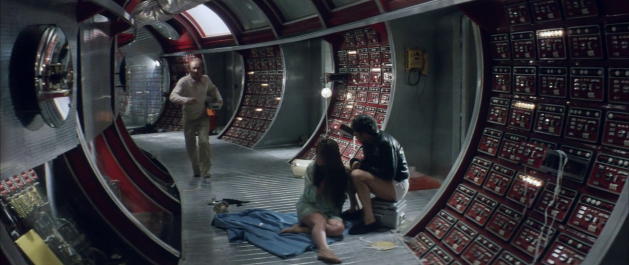
![00000.mpls_snapshot_00.04.58_[2018.06.18_12.38.59]](https://sfoil.files.wordpress.com/2018/06/00000-mpls_snapshot_00-04-58_2018-06-18_12-38-59.jpg?resize=629%2C354)
![00000.mpls_snapshot_00.56.59_[2018.06.18_12.19.17]](https://sfoil.files.wordpress.com/2018/06/00000-mpls_snapshot_00-56-59_2018-06-18_12-19-17.jpg?resize=629%2C354)
Space habitat interiors in 2001, Solaris, and Star Wars.
Solaris is nothing like Star Wars thematically, but I was struck by the similarity in aesthetic , although Lucas clearly had a much larger budget to work with. Still I’d be surprised if Lucas and his artists weren’t inspired by Solaris.
I’m not in any rush to watch Soderbergh’s adaptation; my expectations aren’t high but I’ll get around to it eventually. Meanwhile I’ll lay off the Solaris posting.

Mich1980
The length of the Tokyo scene isn’t reasonless – it underscores a short-yet-pivotal paragraph in the book (should you read it, it’s near the conclusion, where Kelvin wonders what he would do if he returned to the Earth).
Tarkovsky’s purpose is to show the disorientation implied there.
sfoil
I don’t think the scene is reasonless — it is the only exposition we get about the usual character of life on Earth in the movie. It is definitely too long, and I think it is probably redundant. If that’s what Tarkovsky was going for, he should have used some of those six minutes to show more of the child with Burton — that would have driven home the point about how much Kelvin had to look forward to if he returned.